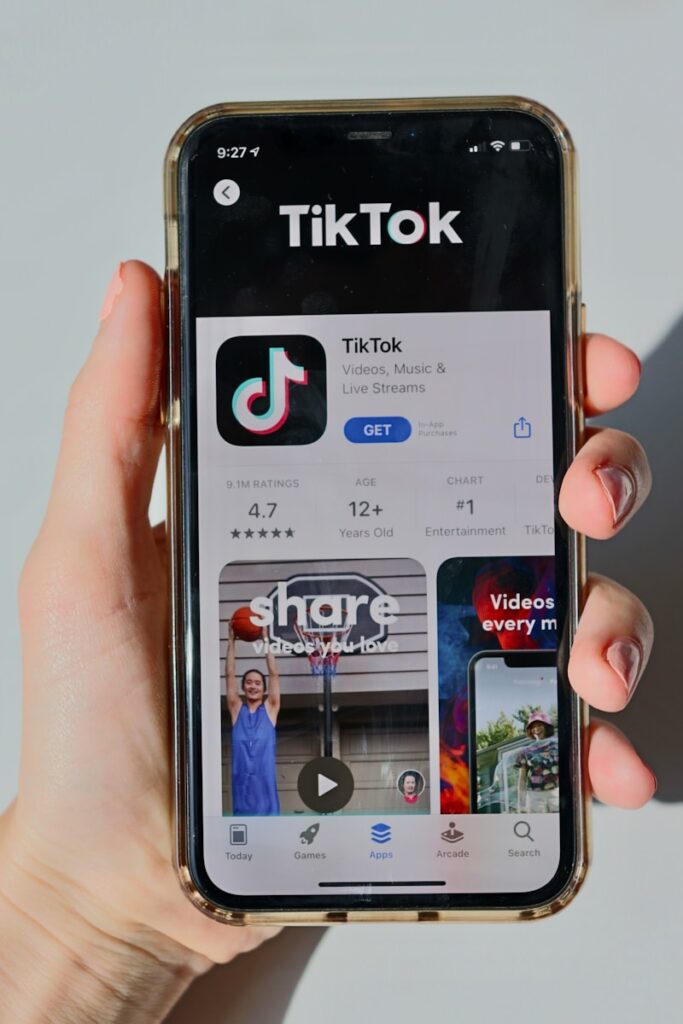Marketing
The Double-Edged Sword of TikTok Ads Balancing Engagement and Privacy
In the fast-paced world of digital marketing, TikTok has emerged as a juggernaut. Its ads, seamlessly integrated into the For You pages of millions, have become a staple for brands aiming to connect with younger, tech-savvy audiences. From viral dance challenges to DIY tutorials, TikTok ads offer a unique blend of creativity and relatability that few platforms can match.
But beneath this glittering surface lies a more complex reality. While TikTok ads drive unparalleled engagement, they also raise significant privacy concerns. How do we strike a balance between these two critical aspects? Let’s explore this double-edged sword.
Exploring the Engagement Side How TikTok Ads Have Revolutionized User Engagement
TikTok ads are not just commercials—they are stories. These ads captivate users, often making them forget they’re consuming branded content. The platform’s algorithm is designed to serve content that resonates deeply with individual users, ensuring that ads feel native to the browsing experience.
Brands like Chipotle and Gymshark have harnessed this power, creating campaigns that don’t just grab attention but also foster genuine interaction. Chipotle’s #GuacDance challenge, for instance, saw millions of users engaging, dancing, and sharing, turning an ad campaign into a viral movement. This level of engagement is unprecedented, making TikTok ads a goldmine for marketers.
The Privacy Paradox The Flip Side of TikTok Ads and Its Implications on User Privacy
However, the very algorithms that make TikTok ads so effective are also at the heart of growing privacy concerns. The platform collects vast amounts of user data to tailor content, raising questions about how this information is used and protected.
Privacy advocates argue that TikTok’s data practices can be intrusive, potentially exposing users to risks they are unaware of. From tracking browsing habits to analyzing personal information, the extent of data collection is staggering. This paradox—where the same mechanisms that drive engagement also pose privacy risks—presents a significant challenge.
Case Studies Real-world Examples of Successful TikTok Ad Campaigns vs. Privacy Concerns
Success Stories
- Chipotle’s #GuacDance Challenge: This campaign turned a simple ad into a viral sensation, generating over 250,000 video submissions and millions of views.
- Gymshark’s Fitness Challenges: Leveraging influencer partnerships, Gymshark’s ads blend seamlessly into workout routines, creating a sense of community and shared goals.
Privacy Concerns
- Data Mining Allegations: Reports have surfaced about TikTok’s extensive data collection practices, leading to scrutiny from regulatory bodies worldwide.
- Security Breaches: Instances of data breaches have further fueled concerns, highlighting the potential vulnerabilities in TikTok’s infrastructure.
The Way Forward Navigating the Balance Between Engagement and Privacy in TikTok Ads
To harness the benefits of TikTok ads while addressing privacy concerns, a balanced approach is essential. Brands must prioritize transparency, clearly communicating how user data is collected and used. TikTok, on its part, needs to implement robust privacy measures, ensuring that data security is at the forefront of its operations.
Additionally, regulatory frameworks must evolve to keep pace with technological advancements. By establishing clear guidelines for data usage and protection, we can create an environment where engagement and privacy coexist harmoniously.
TikTok ads represent both a remarkable opportunity and a significant challenge. Their ability to drive engagement is unmatched, yet the privacy implications cannot be ignored. By fostering transparency, enhancing security, and adapting regulatory measures, we can envision a future where TikTok ads offer the best of both worlds.
The question remains—can we truly have engaging ads without sacrificing privacy? With concerted effort and responsible practices, the answer could very well be yes.

